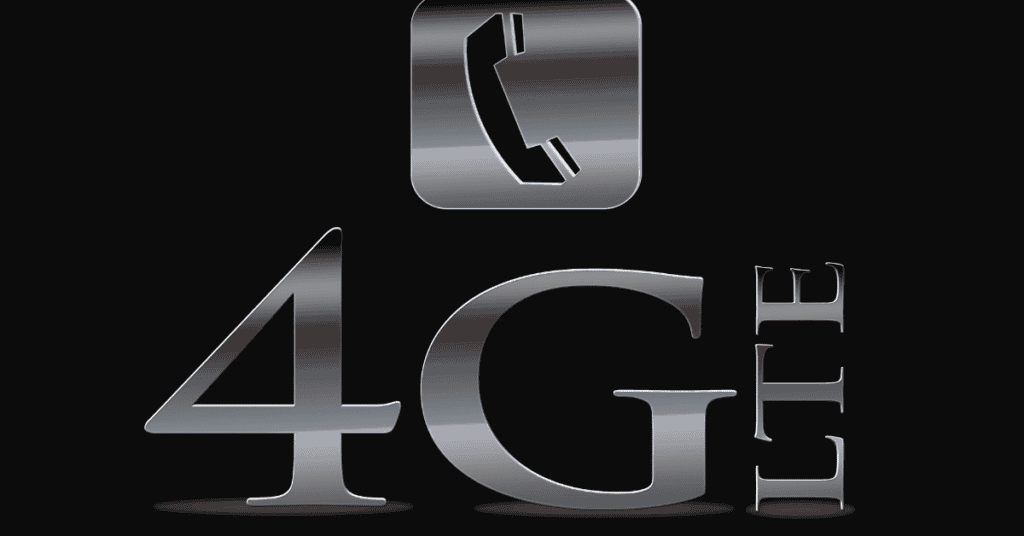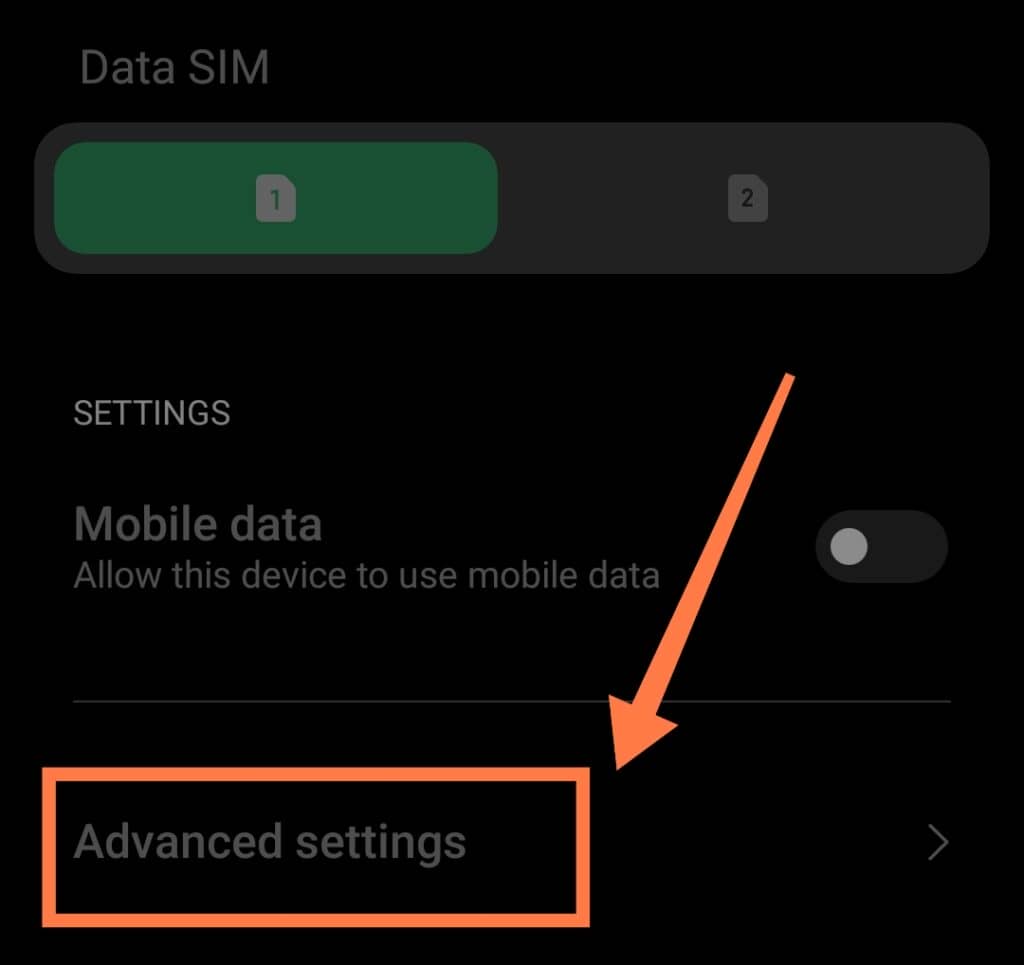Are you here because you’re wondering:
“Why does my phone say 4G instead of LTE?”
Well, you’ve come to the right place!
What do 4G and LTE mean?
Well, 4G and LTE both refer to the internet connection on your device. Their different names refer to their different speed capabilities.
LTE is a quicker internet connection. Your phone will automatically connect to LTE if it is available in the area.
4G is shown when your phone is connected to a cell phone tower in the area. The 4G network is a slower internet connection.
Keep reading below to learn more about both connection types and how they relate to you and your mobile device!
Is 4G And LTE The Same Thing?

LTE means Long Term Evolution. LTE is a type of 4G that offers a quicker internet speed. Often it will appear as 4G – LTE on your phone.
In this section, we’ll take a closer look at the differences between the connection types:
4G

4G stands for ‘Fourth Generation’ connectivity. Every time the network is upgraded and better developed, a new ‘generation’ of connectivity is released.
As the demand for the internet increases, companies have to figure out how to improve internet speed (such as with the most recent 5G connection).
It took a few years before the International Telecommunication Union (ITU) improved the incumbent 3G network.
Benefits of improved connectivity include quicker internet connection speed than before, as well as new mobile hotspots.
When using 4G, you can use digital media on your phone.
Using 4G on your phone also means that you can stream videos, use rich multimedia apps, and listen to high-quality music. You can watch movies without waiting for the file to load and buffer.
All internet providers have to meet the requirements of speed and network standards to qualify as 4G.
4G LTE
4G LTE is a type of connection but is not substantiated in and of itself. It cannot stand alone as an internet provider. When utilized, 4G LTE offers a quicker internet connection.
4G And LTE
The most significant difference is that LTE is a quicker connection than 4G. LTE is a temporary way of offering internet connectivity.
However, it can be hard for us to tell the difference between 4G and LTE as they are quite comparable when it comes to internet speeds.
Many of us do not need hyperspeed internet connectivity where the differences in speed are measured in mere inches.
If your system is larger and speed is a priority, this difference will become more apparent.
Some older devices cannot use the 4G internet, which may be a reason why your phone only says LTE.
Voice over LTE (or VoLTE) is a feature that’s also available. It enables a user to make more of their video calls, benefiting from higher resolutions and quicker connection speeds.
VoLTE and Wi-Fi calls have increasingly become the preferred choice amongst users when it comes to making calls to others.
Becoming the preferred way to make calls means that developers are being forced to concentrate on this type of service to meet user demands.
Keep in mind that LTE does not always support voice calls. This means that if you are making a voice call, your phone will automatically switch back to 4G.
The capabilities and functionality of the network connections available to us will change again later down the line as developers further improve their services.
How Do I Change From 4G To LTE?
On The iPhone

In Settings, you will find ‘Cellular.’ Click on ‘Cellular Data Options.’
Click on ‘Enable LTE.’




On Android Devices
- To activate LTE, go into ‘Settings.’

- Then, scroll down and click on ‘Mobile Networks.’

- Following that, click on ‘Advanced Settings’

- There, you will find ‘LTE Network Selections.’
Pick the option that best suits your phone.
Because LTE is relatively new, the network can sometimes become ‘overloaded.’ This means that you can be ‘kicked off’ the network.
If this happens, your phone will change from LTE to 4G automatically. Your phone will always look for the best connection available.
LTE does not have as many antennas available for use as the 4G connectivity does, so is not as widely available. If you connect to Wi-Fi, your phone will automatically then try to connect to LTE.
Finally, LTE does not need a fixed-line to connect to the internet.
Since it doesn’t need a fixed-line, you can buy a mobile LTE router. This is something you can travel with and use anywhere that has a signal available.
This is perfect for someone who has a fast-paced, on-the-go lifestyle. Often service providers will allow month-to-month contracts for this so that you do not get caught in a year or two-year contract.
Does LTE Use More Data Than 4G?

LTE will use more data than 4G. This is because it is a quicker connection, which then means that you may end up using more data in a smaller amount of time.
That being said, LTE does not use more data just because it is faster.
It’s simply logical: The more we can consume a high-quality internet speed, the more we will use it.
As we can use apps like Netflix and Youtube on our devices more effectively, our usage will naturally increase!
Thus, 4G and LTE will actually use the same amount of data to complete the same function.
When compared, LTE users do consume more data than 4G users. This is beneficial for service providers because they can make a larger turnover.
In the bigger picture, using more data will therefore help in the development of the internet system.
It also means that devices are becoming more ‘data-hungry’, which results in devices that need more and more data to function.
In Conclusion
Using 4G or LTE all comes down to our needs and what is available to us in our areas.
The current difference between LTE and 4G is marginal at present. This might change in the future as we, as users, move more towards using LTE.
Most of the time, the deciding factor on using 4G or LTE comes down to cost and which service provider has the best and most cost-effective deal.
You may find that service providers can push you into a direction that will benefit their needs more than yours.
Therefore, it’s often best to look at what 4G and LTE options are available in your area- and then make a decision based on what is available.
It is always a good idea to compare products and costs against each other.
At the end of the day, the internet is constantly developing, and new network connectivity types will always appear!
The important thing is still that your phone knows how to keep you connected at all times- no matter the type of connection.
